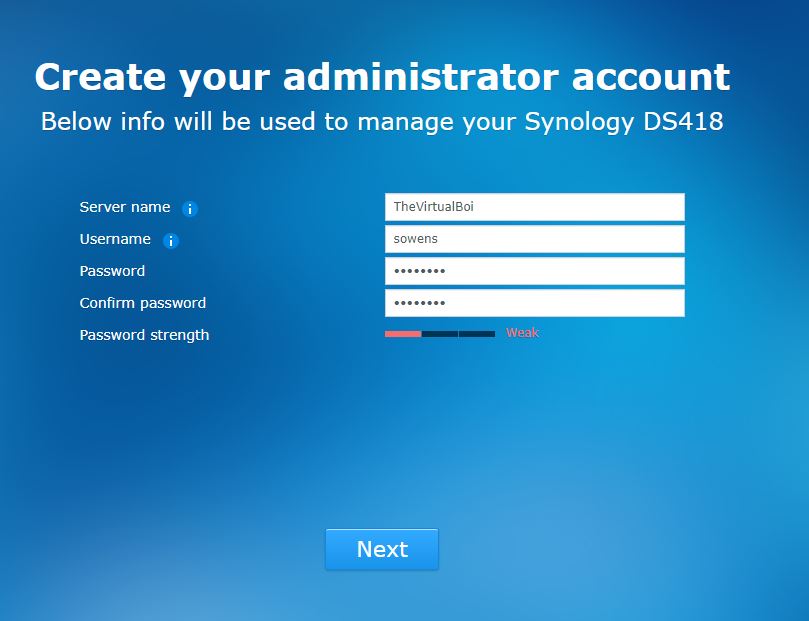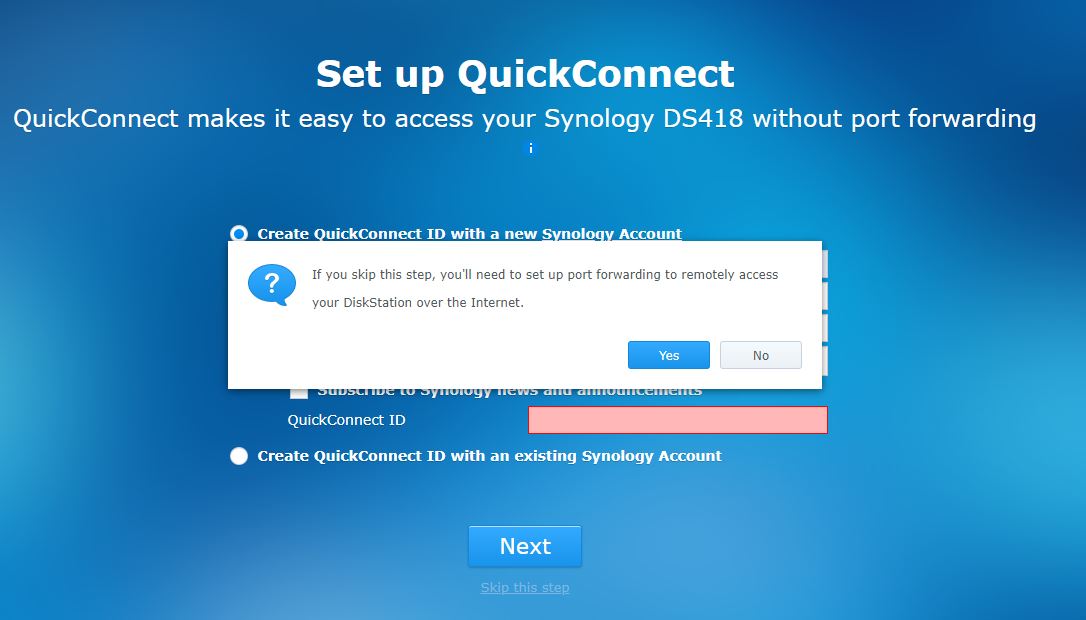Earlier this year, I debated on the idea of getting a Synology DiskStation for Home Lab use. The use case would be to have shared storage for my VMware environment. Additionally, having a local NAS at home would allow for flexibility to have mapped network drives on the workstations throughout the house. This, along with being able to scan to PDF and store on the NAS made the decision a no brainer!
There are two main players in the entry level NAS market. QNAP and Synology. I decided to go with the Synology due to the feature set of the DSM software.
In this quick blog will show how to do the initial setup of the Diskstation.
The BoM for this build is below
- DiskStation Synology 4 Bay NAS DiskStation DS418 (Diskless)
- WD Red 4TB NAS Internal Hard Drive – 5400 RPM Class, SATA 6 Gb/s, 256 MB Cache, 3.5″ – WD40EFAX
I decided to go with the 4 bay for future expansion. I started out with just two drives, but plan to go to 4 drives later.
Note: There are some issues with these drives it appears when researching online. I personally haven’t had any data loss, but be sure to research your drives before purchasing.









Once DSM is installed successfully, you will be able to hit the IP of the Synology in a web browser and login successfully. From there you can install plugins, create shared folders using CIFS or NFS, etc.
I would highly recommend a Synology for anyone who takes setting up a HomeLab seriously. It is a large investment, but the ease of use, options and software make the investment worthwhile. Additionally, you can also use Hardware Acceleration for VMware Homelabs on certain models. Check back for a How To with regards to Hardware Acceleration.

